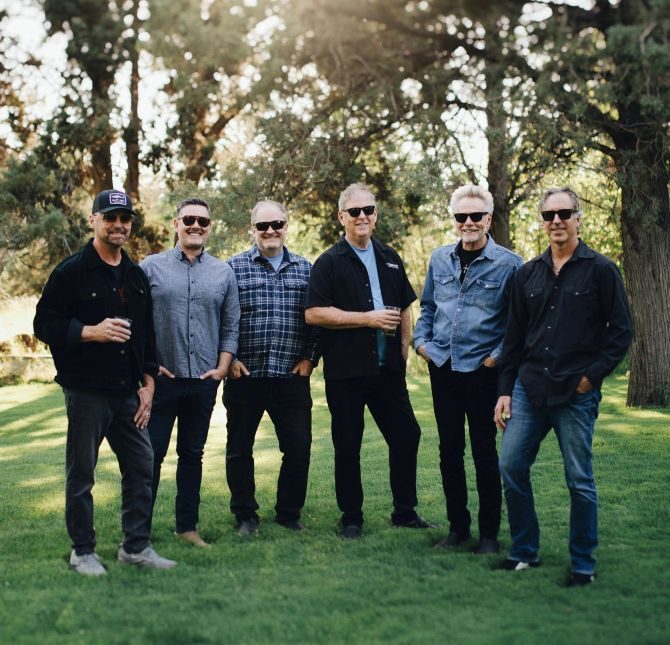Editorial: Don’t let bridge project die
Published 5:00 am Friday, August 9, 2013
Oregon’s legislators knew something this year that escaped their counterparts in Washington state. The Interstate 5 bridge that connects Portland to Vancouver, Wash., is barely up to the task it must perform, and if the two states grow, and they’re expected to do so, the situation will only get worse. Thus, news that the proposed Columbia River Crossing bridge replacement project may not be dead is encouraging.
Oregon Gov. John Kitzhaber and Washington Gov. Jay Inslee apparently are discussing ways to keep the project alive. They’re doing so in part because a group of businessmen asked them to. They’re also aware that the two states already have spent $175 million on the project. And, most important, they’re doing so because, unlike lawmakers in Washington state, they recognize that a new bridge is still needed.
The original proposal took what many thought was a fatal blow in June, when the Washington Legislature refused to put up its share, $450 million, of the then-$3.4 billion cost of the project. Oregon lawmakers already agreed to a similar expenditure, though with several conditions. That money may be still available.
We hope so. No matter what you think of light rail to Vancouver or tolling, or even whether or not automobile traffic will grow as projected, a new bridge remains important.
Even at current traffic levels — some 134,000 vehicles a day use the existing bridge — congestion is a problem. There’s an average of one wreck a day, with resulting traffic backups. Raising the bridge for river traffic exacerbates traffic problems as well.
And, perhaps most important, I-5 is the single most important freight corridor on the West Coast, and both states’ economies rely more heavily on moving freight than do most other states. As traffic on the bridge is delayed, the cost of shipping increases, hurting both economies in the process. And unlike businessmen and sightseers, truckers cannot shift to public transportation.
Talks between the two governors are in the most preliminary stages, though they’re likely to come up with something less expensive than the original proposal, which may make the idea more palatable to some opponents. We hope so. Neither Oregon nor Washington can afford to let the bridge project die without a fight.








